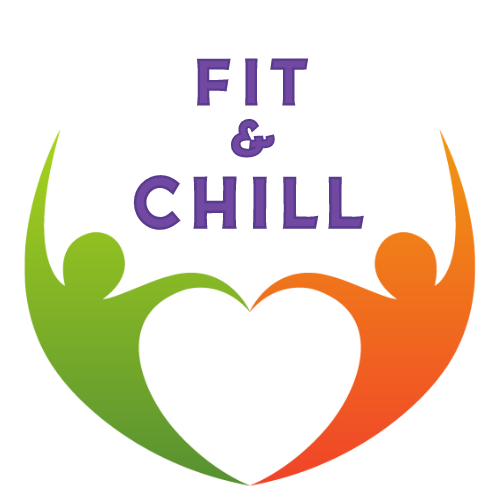Benefits of The Plank Row (Right Side)
- Upper Body Strength: Plank rows target the muscles of the upper back, including the rhomboids, trapezius, and rear deltoids, as well as the biceps and forearms.
- Core Stability: Holding a plank position while performing rows requires significant core engagement to stabilize the body and prevent rotation.
- Improved Posture: Strengthening the muscles of the upper back can help improve posture and reduce the risk of shoulder and neck pain.
- Functional Movement: Plank rows mimic real-life movements such as lifting and carrying objects, making them a functional exercise for daily activities.
- Balanced Muscle Development: By targeting both the pulling muscles (back, biceps) and stabilizing muscles (core), plank rows promote balanced muscle development.
Tips for Beginners:
- Start with Light Weight: Begin with a light dumbbell or kettlebell to master the movement pattern and ensure proper form before increasing the weight.
- Focus on Form: Maintain a stable plank position throughout the exercise, with a straight line from head to heels and minimal rocking or swaying.
- Control the Movement: Perform the rowing movement in a slow and controlled manner, focusing on squeezing the muscles of the upper back at the top of the movement.
- Use Proper Breathing: Exhale as you pull the weight towards your hip and inhale as you lower it back down, maintaining a steady breathing pattern throughout.



Leave A Comment